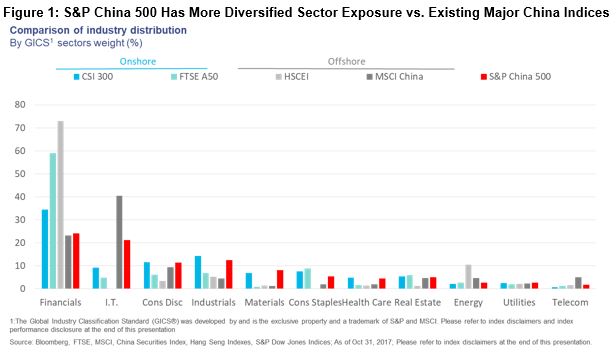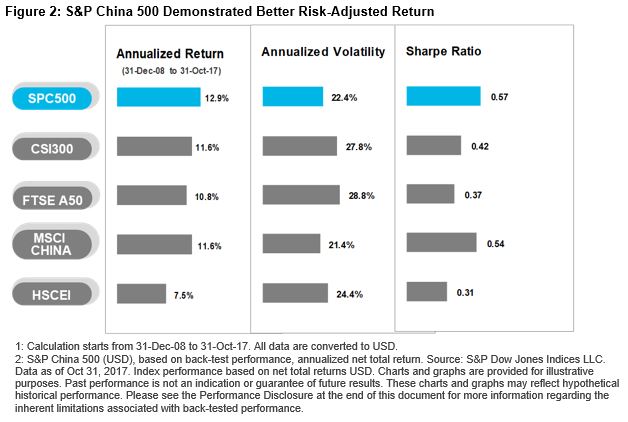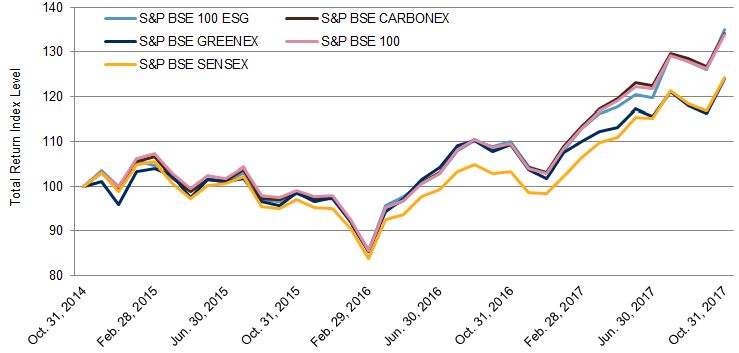In a prior post, we listed five components of returns that commodities futures can provide. In this post, we will delve deeper into each component.
Insurance risk premium, according to Keynes’s theory, is earned when a market participant rolls their futures position and the price of the next futures contract is discounted against market expectations of the future spot price. A producer would enter into a short position (sell) in the futures market by offering a price that is lower than the expected price of the good at the delivery date, the holder of the long (buyer) position in the contract would profit from the producer’s potential loss, and the producer would accept this potential “loss” for a guaranteed price for the product. This is also why the volatility of the spot price is high when inventory is low.
Collateralization, or collateral return, is important because there is a low correlation between the nominal level of short-term interest rates and the spot return from commodities prices, so the collateral return provides diversification to the overall return achieved by market participants. In addition, this return tends to increase in periods of high inflation as central banks raise short-term rates, hence collateral return provides a form of inflation hedging.
Convenience yield, which is the implied return on inventories or “additional payment” that a commodity producer is willing to pay for the needed raw material, is to ensure this input is available in a timely manner to avoid delays or disruptions in production. Convenience yield is positive when the price of a commodity increases from a shortage (or inaccessibility to a commodity, like what happens to oil prices with geo-political risk), which provides a premium for the convenience of having the commodity when needed.
Convenience yield varies depending on the type of commodity, as commodities have different costs of storage, as well as the ability to produce more or less of a certain commodity during shorter time horizons. For example, an oil driller’s ability to produce oil after a fire that shuts down a certain refinery differs from a cocoa producer with drought-damaged crops. Some commodities are also interchangeable; for example, while cocoa has no replaceable counterpart, soybean oil can be easily replaced by palm or canola oil.
Expectational variance, historically, has had more positive than negative incidence in the commodity market, because a shock caused by a shortage due to a drought or a pipe burst is more likely to occur than a demand-side shock, or a sudden drop in demand, similar to what happened in the cattle industry during the mad cow disease period in the mid to late 1990s.
Expectational variance can provide diversification benefits because the price changes are driven by commodity-specific drivers that are completely independent from capital markets and other commodities.
Rebalancing, or roll return, is the difference in the price of the expiring contract and the next eligible contract. Futures contracts expire on a regular basis, and futures-based indices must roll their positions into the next contract to maintain their exposure.
If a commodity’s forward price curve is downward sloping (in backwardation), then the roll process involves rolling into (buying) a futures contract that is trading cheaper than the current futures contract. However, if the commodity’s forward price curve is downward sloping (in contango), then the roll process would involve rolling into a futures contract that is trading at a higher price than the current futures contract.
If the futures in the index are in backwardation regularly over time, and if the incidence of backwardation is higher relative to the degree of contango, then market participants tracking the indices will tend to profit from the roll process.
The posts on this blog are opinions, not advice. Please read our Disclaimers.















































